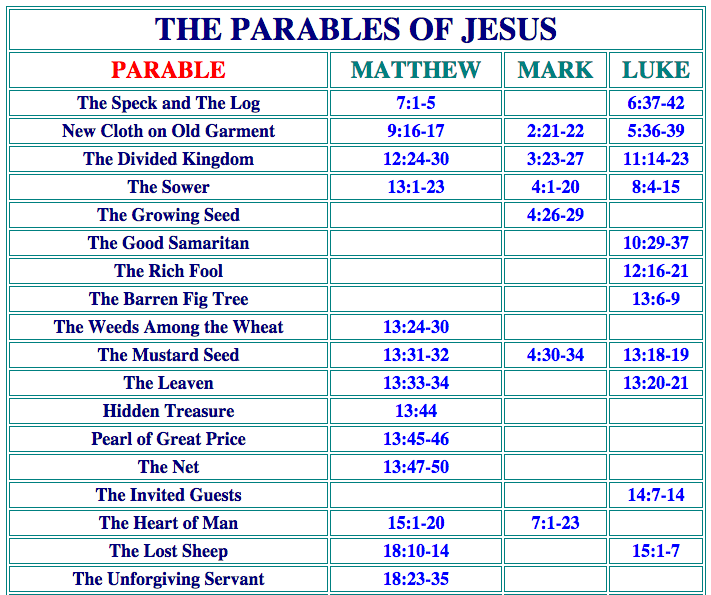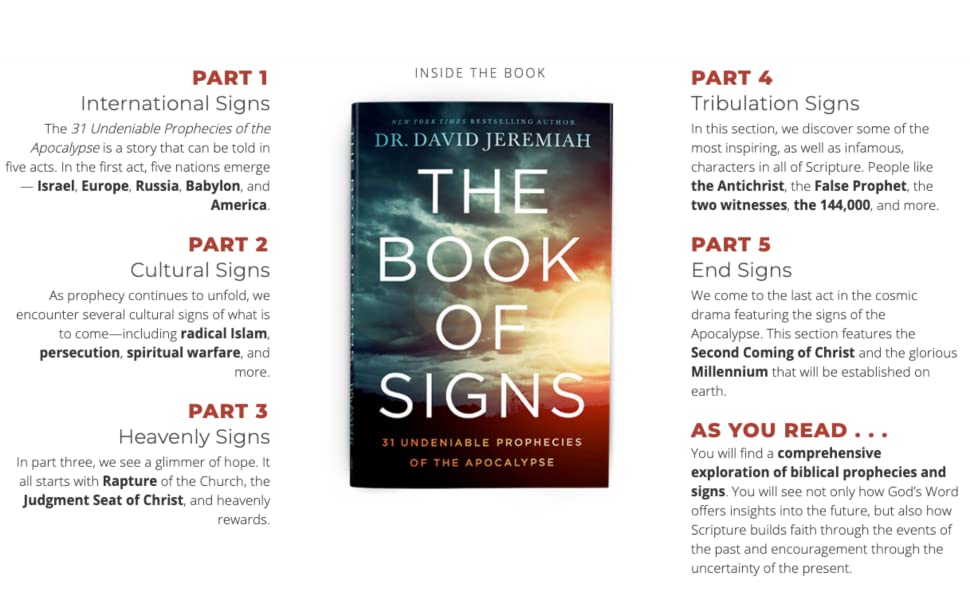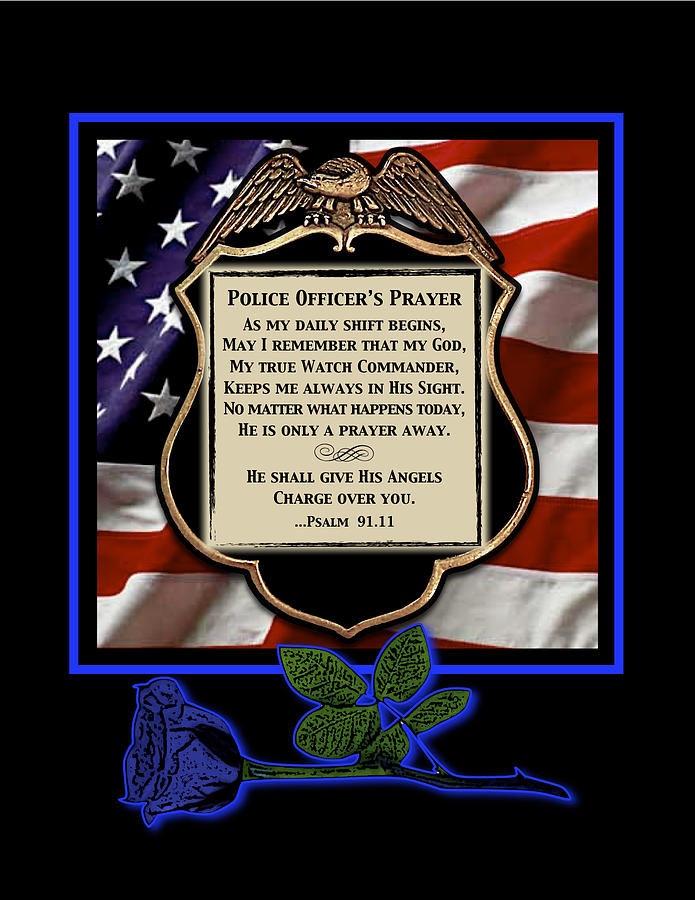How To Write A Letter To A Church Congregation
How To Write A Letter To A Church Congregation
Writing a letter to a church congregation is not much different from writing letters in any other context. The tone and style should be formal but friendly, and the language should be clear, direct, and concise. Even so, there are some specific elements that make this type of letter stand out from others:
Be prompt.
Make sure you are prompt. Don’t wait until the last minute to write a letter to the editor of a newspaper, or even worse, a letter to your church congregation. People need time to read and digest what you have written before they can respond appropriately.
Start your letter with the salutation and identify yourself at the outset.
Dear [name of person you are writing to],
I am writing on behalf of [name of organization you are writing for]. As you may know, this organization has a long history with your church and we would like to continue that relationship. Since our letter is informing you about a new program we have started in your area, it would be beneficial if we could include some information about ourselves at the beginning of our letter. This will allow us to give readers an idea about who we are and what our goals are with this correspondence.
Give an opening.
The opening of your letter should be brief and provide a clear statement about what you are writing. This should include things like who you are, why you are writing and to whom.
If there is more than one person being written to, then start by addressing them in the salutation as “Dear [insert name here].” If there is only one person being written to then “Dear” may not be necessary if it sounds too informal for the situation at hand. However, it’s still acceptable if that’s what feels right for your situation while still sounding professional and formal enough to fit the tone of your church congregation’s needs or expectations.
In addition to this greeting at the beginning of your letter, another option is also available: The closing! This part comes right after all those important bits mentioned above (greeting/salutation) and serves as a conclusion where one last time before signing off with their full name just so everyone knows who signed off on this particular message which might have gone through multiple hands before reaching its destination—so now we can all rest easy knowing who wrote it since we’ve been given permission from both parties involved (writer/recipients).
State the reason for your letter.
It is important to state the reason for your letter. You may think that it is obvious why you are writing, but it is important to remember that the reader does not know your situation. They may assume that they do, especially if this is a general letter and not addressed to them specifically or written as a response to an individual request or situation. It’s better to be clear about what you want from them so they can make an informed decision on how they respond.
Add details to create a full picture of what you are requesting or describing.
When you are writing a letter, it is important to add details so that your reader can get a full picture of what you are requesting or describing. The following are some tips for including details:
- Use the active voice and present tense whenever possible.
- Use first person when referring to yourself.
- Third person should be used when referring to someone else, but don’t forget that this can be confusing if there is more than one person in the congregation!
- Avoid using second person if possible because it’s too informal for most business letters; however, sometimes it is necessary (e.g., “you” may be appropriate if writing about a specific item). But even then try not using “we” as much as possible because this also sounds too informal.
Make personal requests only if they are necessary.
Personal requests are unnecessary if they do not help the reader understand the situation. For example, if you ask your pastor to pray for you and your family, it is helpful to give him specific information about why you need prayer—you may have been laid off from work and need financial support while looking for a new job or perhaps one of your children is seriously ill. The reason for your request should be relevant to the congregation so that members know how best to pray for you.
Another way a personal request may be unnecessary is if it does not matter how many people pray: God knows what we need before we even ask Him (Philippians 4:6-7). Even though He hears each individual’s prayers individually and answers them according to His will (1 John 5:14), often He will answer them collectively in order to show His power over evil spirits or other enemies that try to disrupt our lives (Ephesians 6:10-18).
Use appropriate language and tone.
The way you write your letter will depend on the audience. If you’re writing to a congregation that knows and trusts you, then it’s okay to use a more conversational tone. For example:
- “Dear Members of Our Church Family”
- “I am writing this letter to notify all of our church members about…”
If your church is large and unfamiliar with you, then it might be best to stick with a formal tone. For example:
- “Dear Fellow Congregation Members: I am contacting each member in order to share important news…”
Close professionally and thank the reader.
Thank the reader for their time and consideration. Include one or two closing salutations, such as “Sincerely” or “Respectfully”, followed by your full name. Close the letter professionally by thanking them for their help and asking for further assistance if necessary.
Takeway: Read all letters before signing them to be sure they correctly reflect your intentions and meet all requirements of civility and respect.
- Always read your letters before you send them.
- Make sure they correctly reflect your intentions and meet all requirements of civility and respect.
- Be sure they are polite and respectful, clear, concise, free of spelling mistakes (and other errors), grammatically correct.
A letter is an important and formal way to communicate with a congregation, so it must be written carefully and respectfully. The format of a letter should be addressed and signed by the sender, but it may also include other information such as an introduction or closing paragraph. It is also important that all letters are proofread before sending them off because typos or grammatical errors can ruin the entire tone of what you’re trying to say!








